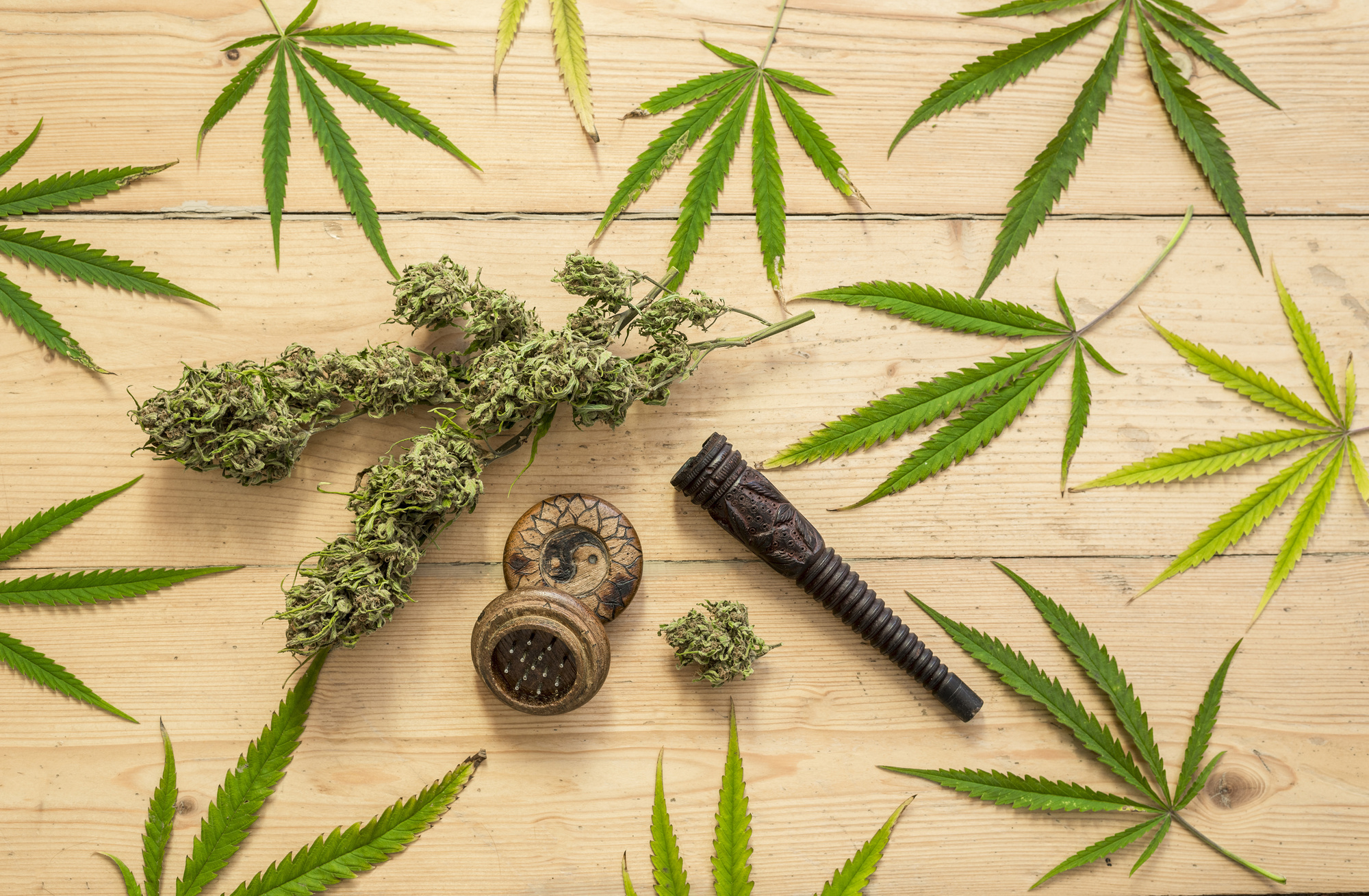Arrange a Dermal Filler Session with Dr. Laura Geige Now

Types of Fillers & Botox
Injectables Explained
Fillers and Botox are both popular cosmetic injectables that can address various facial concerns. While they share similarities, their mechanisms and effects differ significantly, impacting their pain levels.
Botox, a purified form of botulinum toxin, works by temporarily paralyzing muscles. It’s primarily used to smooth wrinkles caused by muscle contractions, such as frown lines, crow’s feet, and forehead lines. The injection itself is typically quick and involves injecting tiny amounts of Botox into the targeted muscles.
Fillers, on the other hand, are gels made from hyaluronic acid or other substances that add volume to specific areas of the face. They can plump up lips, smooth out wrinkles, enhance cheekbones, and even contour jawlines. The injection process for fillers involves injecting the gel substance under the skin.
Comparing Pain Levels:
Both Botox and fillers involve injections, so some degree of discomfort is expected. However, many people describe Botox injections as feeling like a small pinch or sting, while filler injections can be perceived as slightly more uncomfortable due to the volume injected and the area being targeted.
Several factors influence pain perception, including individual pain tolerance, injection site, amount of product used, and the practitioner’s technique.
Pain Management:
To minimize discomfort during injections, practitioners often use a topical anesthetic cream to numb the area beforehand. Additionally, some may offer additional pain relief options like ice packs or oral pain relievers.
The Science Behind Each Treatment
Dermal fillers and Botox are both popular cosmetic treatments used to enhance facial features and reduce the signs of aging. While both aim to improve appearance, they achieve this through distinct mechanisms.
Fillers primarily address volume loss by injecting gel-like substances into the skin. These gels can be made from hyaluronic acid (HA), a naturally occurring substance in the body that helps maintain hydration and elasticity. Other types of fillers include those based on calcium hydroxylapatite or poly-L-lactic acid, which stimulate collagen production.
The science behind fillers lies in their ability to plump up areas where volume has diminished. By adding this extra volume, fillers can smooth wrinkles, enhance lips, restore cheek contours, and even define the jawline. The injected material acts as a scaffold, attracting and retaining water molecules, thereby increasing tissue fullness.

Arrange a Dermal Filler Session with Dr. Laura Geige Now
Botox, on the other hand, works by temporarily paralyzing muscles. It contains botulinum toxin type A, which blocks nerve signals that cause muscle contractions. When injected into specific facial muscles, Botox can reduce the appearance of wrinkles caused by repeated muscle movements, such as frown lines, crow’s feet, and forehead creases.
The science behind Botox involves disrupting the neuromuscular junction, the point where nerves communicate with muscles. By preventing nerve impulses from reaching the muscles, Botox effectively weakens their contractions, leading to a smoother appearance of the overlying skin.
While both fillers and Botox are relatively safe procedures when performed by qualified professionals, they have different potential side effects. Fillers can cause temporary swelling, bruising, or redness at the injection site. In rare cases, there may be complications like infection or allergic reactions.
Botox side effects typically include mild bruising, swelling, or headaches. More serious but rare complications can include muscle weakness, drooping eyelids, or difficulty swallowing. It is essential to consult with a qualified medical professional to determine which treatment is best suited for your individual needs and goals.
Pain Perception During Injections
Individual Experiences Vary
Reserve a Dermal Filler Appointment with Dr. Laura Geige Now
Pain perception during injections is highly subjective and can vary significantly from person to person. Factors influencing pain experience include:
• Individual pain tolerance:** Some individuals have a naturally higher pain threshold, meaning they require more stimulus to feel pain.
• Injection site: Certain areas of the body are more sensitive than others. For example, injections in bony prominences or areas with thin skin tend to be more painful.
• Needle size and type:**
Larger needles generally cause more pain. Fine-gauge needles, designed specifically for cosmetic procedures, can minimize discomfort.
• Technique used by the injector: A skilled injector with proper technique can significantly reduce pain. Numbing creams or topical anesthetics applied beforehand can also help manage discomfort.
• Psychological factors:** Anxiety and fear of needles can heighten pain perception even in individuals with a high pain tolerance.
Comparing fillers and Botox injections:
-
Fillers: Typically involve hyaluronic acid gels injected into deeper layers of the skin to add volume or plumpness. Because these injections penetrate deeper tissues, they might be perceived as more painful by some individuals compared to Botox.
-
Botox: Utilizes purified botulinum toxin to temporarily paralyze muscles responsible for wrinkles. Botox injections are generally shallower and often described as a quick pinch or sting, with less overall discomfort than fillers.
Ultimately, pain perception during any injection is unique to each individual. Open communication with the injector about your concerns and expectations is crucial for ensuring a comfortable experience.
Factors Affecting Discomfort
Pain perception during injections is a complex and subjective experience influenced by several factors, making it difficult to definitively say whether fillers or Botox hurt more.
Both procedures involve injecting substances into the skin, which naturally triggers some discomfort. However, the type of needle used, the injection site, individual pain tolerance, and other physiological factors contribute to the overall pain experience.
Here are some key factors affecting discomfort during injections:
-
Needle Size and Type:
Fillers often utilize larger needles than Botox, as they need to deposit a thicker substance. Larger needles typically cause more noticeable pain upon penetration.
-
Injection Site:
Areas with thinner skin and closer proximity to nerves, such as the face and temples, tend to be more sensitive. Conversely, areas like the buttocks or thighs, which have thicker skin and deeper tissue, may experience less discomfort.
-
Individual Pain Tolerance:
People vary greatly in their ability to withstand pain. Some individuals are naturally more sensitive than others, making even minor injections feel more pronounced. Psychological factors such as anxiety can also amplify pain perception.
-
Anesthetic Techniques:
The use of topical anesthetic creams or numbing agents before the injection can significantly reduce discomfort. Many practitioners offer these options to ensure a more comfortable experience for patients.
-
Technique of the Injector:
A skilled injector can minimize pain by using precise techniques, ensuring smooth needle insertion and minimizing pressure on surrounding tissues.
In summary, determining whether fillers or Botox hurt more is not straightforward. The level of discomfort experienced depends on a combination of factors specific to the individual and the procedure itself. Communication with your injector about your pain concerns and their experience with different anesthetic techniques can help ensure a more comfortable injection experience.
Minimizing Discomfort: Techniques & Expectations
Choosing a Qualified Practitioner
Minimizing discomfort during cosmetic procedures like fillers and Botox injections is a key concern for many individuals. Understanding techniques used to manage pain and having realistic expectations can significantly enhance your experience.
Techniques for Minimizing Discomfort
Several techniques are employed to minimize discomfort during filler and Botox treatments:
* **Topical Anesthetic:** A numbing cream is often applied to the treatment area 30-60 minutes prior to the procedure. This helps reduce pain and sensitivity at the injection site.
*
Ice Packs: Applying ice packs before and after treatment can help numb the area and reduce swelling.
*
Injection Techniques: Experienced practitioners use fine needles and specialized techniques to minimize pain during injections. Some may also utilize a vibrating device to further reduce discomfort.
Choosing a Qualified Practitioner
Selecting a qualified and experienced practitioner is crucial for a safe and comfortable experience:
- Board Certification: Ensure the practitioner is board-certified in their respective field, such as dermatology or plastic surgery.
- Experience: Inquire about their experience performing fillers and Botox treatments, particularly the specific type you’re interested in.
- Reviews and Testimonials: Read online reviews and testimonials from previous patients to gauge their satisfaction with the practitioner’s skills and bedside manner.
- Consultation: Schedule a consultation to discuss your goals, concerns, and expectations. A thorough consultation allows you to assess the practitioner’s communication style, professionalism, and ability to address your individual needs.
Managing Expectations
It’s essential to have realistic expectations regarding pain levels. While discomfort is generally minimal, some individuals may experience more sensitivity than others.
Remember that the following factors can influence discomfort:
* Individual Pain Tolerance
* Location of Injection Sites
* Type and Volume of Filler Used
Effective communication with your practitioner is essential. Don’t hesitate to express any concerns or ask questions throughout the process.
Numbing Agents & Comfort Measures
Minimizing discomfort during any cosmetic procedure is a top priority for both practitioners and patients. While both fillers and Botox are generally well-tolerated, understanding techniques to minimize discomfort, the use of numbing agents, and appropriate comfort measures can significantly enhance the experience.
Techniques to Minimize Discomfort:
Several techniques can be employed to reduce injection site discomfort during both filler and Botox treatments. These include:
– Topical Anesthetic Cream: Applying a topical anesthetic cream containing lidocaine or benzocaine to the treatment area for 30-60 minutes prior to the procedure can help numb the skin.
– Ice Packs: Using an ice pack before and after the injections can constrict blood vessels, reducing swelling and pain perception.
– Massage Therapy: Gentle massage of the injection sites during and after the procedure can help disperse the product and minimize discomfort.
– Microcannula vs. Needles: Fillers are sometimes injected using a microcannula, a blunt-tipped, flexible tube. This can be less painful than traditional needles as it minimizes tissue disruption.
– Slow Injection Technique: Injecting the filler slowly and gradually allows for better distribution of product and reduces the likelihood of discomfort from rapid injection pressure.
Numbing Agents:
Topical anesthetic creams are commonly used to numb the skin before both filler and Botox injections. In some cases, your practitioner may also offer a local anesthetic injection directly into the treatment area for added numbing.
Comfort Measures:
During and after your procedure, here are some comfort measures you can practice:
– Deep Breathing: Taking slow, deep breaths can help manage anxiety and pain.
– Distraction Techniques: Listen to music, podcasts, or engage in conversation with your practitioner to distract yourself from any discomfort.
– Over-the-Counter Pain Relievers: You may take over-the-counter pain relievers such as ibuprofen or acetaminophen as directed by your practitioner.
– Cold Compresses: Applying a cold compress to the treated area can help reduce swelling and discomfort.
Expectations:
It’s important to have realistic expectations about discomfort. Most patients experience only mild, temporary discomfort during both filler and Botox procedures. The level of pain can vary depending on factors such as individual sensitivity, treatment location, and the amount of product used.
Open communication with your practitioner is crucial for addressing any concerns you may have about discomfort. Discuss your medical history, pain tolerance, and any anxieties you have to ensure a comfortable and positive experience.
Bronzed Body Spray Tan Back to Work Experts Cafe Sant Jaume Valencia MS Style and Grace Dejour Magazine K’s P Rules Cakes
- NCTF 135 HA Near Ranmore, Surrey - May 24, 2025
- Sculptra Surrey – Collagen Stimulation Therapy Near Shirley, Surrey - May 23, 2025
- What Does 1ml Of Cheek Filler Look Like? - May 22, 2025

